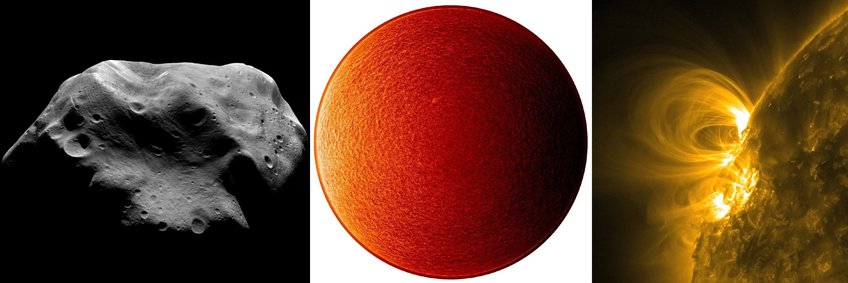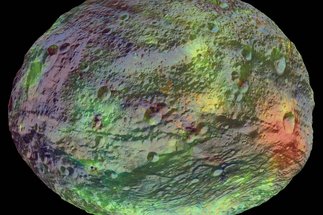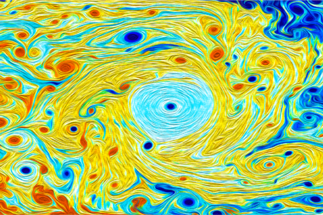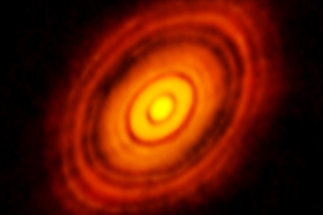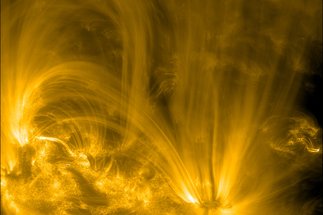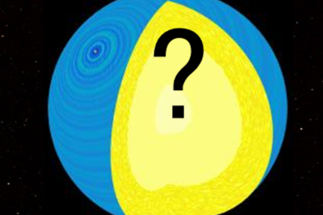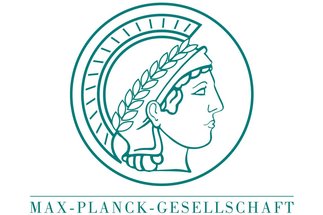Solar System Research
The cosmic neighborhood of the Earth is the central topic of the research at the Max Planck Institute for Solar System Research: the solar system with its planets, moons and diverse small bodies like comets and asteroids, and, of course, the Sun. Based on numerical simulations and novel measurement techniques the researchers probe the deep interior of our star and investigate its gaseous envelope, the solar magnet field and high-energy particles emitted by the Sun into space. Likewise they examine the surface and the interior of the planets as well as their magnetospheres, rings and moons. Further research areas comprise comets, asteroids and planetoids. The researchers develop physical models in order to specify the crucial processes, and evaluate them in numerical simulations. In addition the Max Planck Institute for Solar System Research is involved with scientific instruments in numerous missions of international space agencies.
Scientific Departments and Research Groups at MPS
The atmosphere of the Sun with its rich structure and dynamics, the solar magnetic field as the main driver for of solar activity, Sun-Earth relations and the solar-stellar connection are the central themes of the department.
How did our solar system form? What brought about the diversity of very different celestial bodies that we encounter today? These are only two of the key questions of planetary research.
Helioseismology and asteroseismology use the oscillations of the Sun and stars to probe their interior structure and dynamics. These tools allow us to test and refine the theory of stellar structure and evolution, thereby bringing us closer to understanding solar and stellar magnetism.
Turbulence plays a very important role in many applications, ranging from geophysics and astrophysics to engineering. In our solar system, turbulence is often driving by thermal effect, rotation, and magnetic field. We study the physics of turbulence, focusing on convection and dynamos.
The goal of the PLANETOIDS project is to develop a new planet formation theory that will consistently explain the origin of the Solar System and exoplanets within one framework.
How does our star heat its outer atmosphere, the solar corona, to unimaginable temperatures of up to 10 million degrees Celsius? With unprecedented observational data from ESA's Solar Orbiter spacecraft and powerful computer simulations, ERC starting grant awardee Pradeep Chitta intends to bring new momentum to the search for the coronal heating mechanism.
Our Sun is a special star in comparison to other stars of similar size, luminosity, and magnetic properties. The group searches of the reason of this difference by looking at a link between the Sun and stars. Can findings from solar research be transferred to distant stars?
Studies of the Sun or other stars rely on indirect observations, i.e. we can only observe effects of an unknown quantity. This group works on the corresponding inverse problem to reconstruct the unknown cause from the observed effect, e.g. the reconstruction of convection fields from measurements of oscillations of the solar surface.
Partner Groups can be established in cooperation with institutes abroad if outstanding post-docs return after a research stay at the MPS to a leading institute in their home country and continue their research on a topic that is also of interest to the MPS. Currently partner groups exist with the IUCCA (India), TIFR (India) and Peking University (China).
The interior of planets is a major research topic at MPS. Theoretical modelling and computer simulations in combination with the data analysis of instruments like seismometers or laser altimeters are used as tools to investigate the dynamics of rocky mantles or iron cores.
